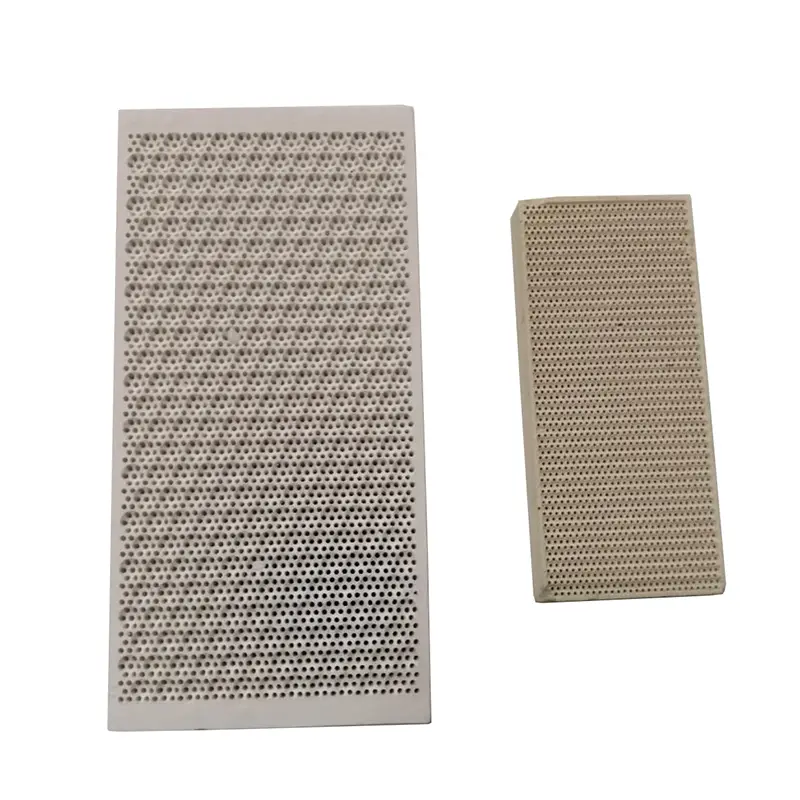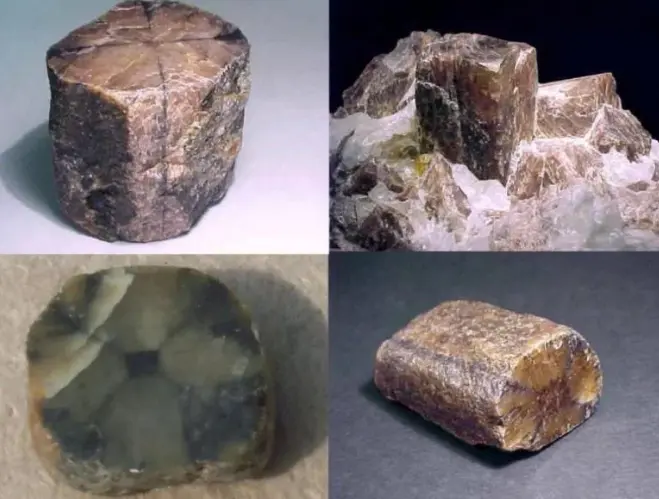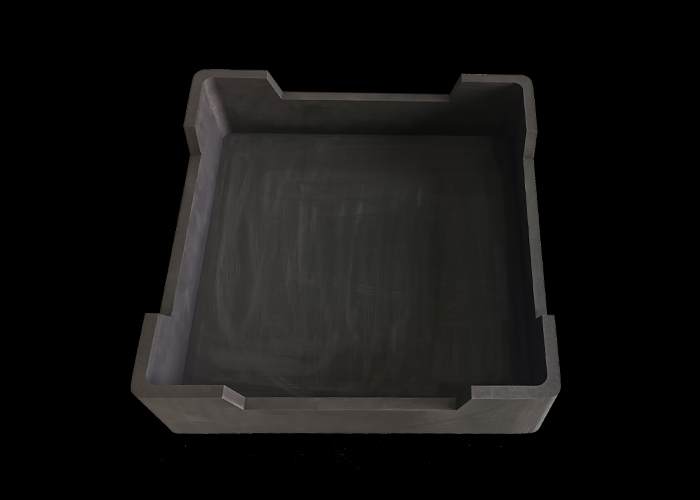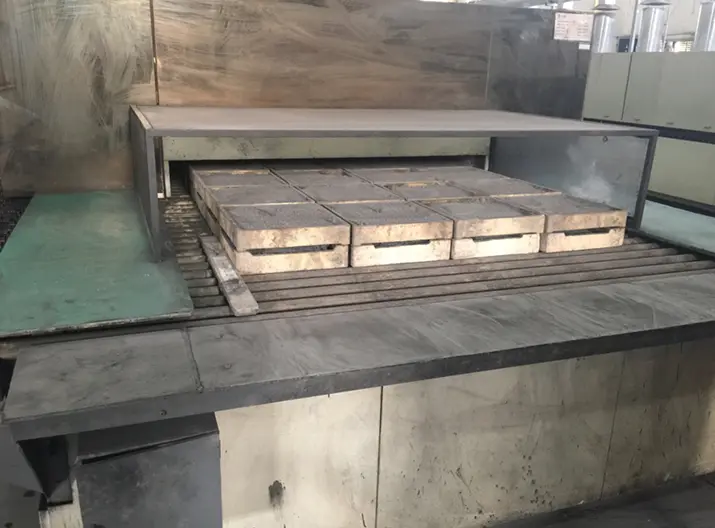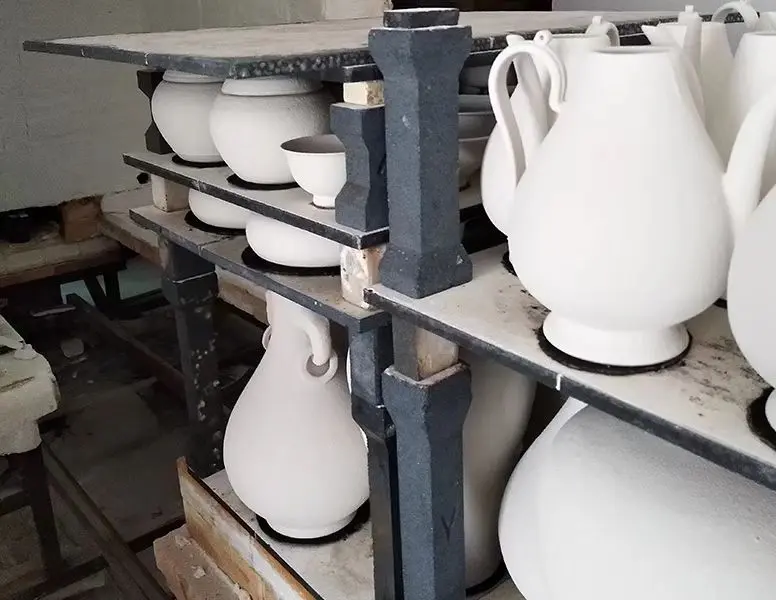The Production of Advanced Materials for New Energy Batteries
1. Cathode Materials Production
Cathode materials largely determine the energy density and stability of LIBs. Common cathode chemistries include lithium cobalt oxide (LCO), lithium iron phosphate (LFP), and nickel-manganese-cobalt (NMC) oxides.
a. Synthesis Methods:
-
Solid-State Reaction: Precursors (e.g., Li₂CO₃, Co₃O₄) are mixed and calcined at high temperatures (700–1000°C) to form crystalline structures.
-
Sol-Gel Process: Metal salts are dissolved in a solvent, gelled, and then heat-treated to produce fine, homogeneous particles.
-
Hydrothermal Synthesis: Aqueous reactions under high pressure and temperature yield nanostructured materials with controlled morphology.
b. Coating & Doping: To enhance conductivity and cycle life, cathodes are often coated with carbon or aluminum oxide and doped with elements like aluminum or magnesium.
2. Anode Materials Fabrication
Traditional graphite anodes are increasingly being replaced by silicon-based and lithium-metal anodes for higher capacity.
a. Graphite Processing: Natural or synthetic graphite is purified, milled, and coated with pitch before carbonization to improve stability.
b. Silicon Anodes: Nanosilicon particles are embedded in a conductive carbon matrix to mitigate volume expansion during cycling.
c. Lithium Metal: Thin lithium foils are produced via vacuum deposition, though dendrite formation remains a challenge.
3. Electrolyte Formulation
Electrolytes facilitate ion transport between electrodes. Liquid electrolytes consist of lithium salts (e.g., LiPF₆) dissolved in organic carbonates (EC/DMC). Solid-state electrolytes (e.g., LLZO, sulfide glasses) offer improved safety but require high-pressure sintering for dense films.
4. Separator Manufacturing
Separators prevent short circuits while allowing ion flow. Polyethylene (PE) and polypropylene (PP) membranes are produced via dry or wet stretching processes, often coated with ceramic particles for thermal stability.
5. Quality Control & Challenges
-
Purity: Impurities degrade performance; thus, raw materials must meet >99.9% purity.
-
Scalability: Sol-gel and hydrothermal methods face challenges in mass production.
-
Sustainability: Recycling spent batteries and reducing cobalt dependency are critical for ethical sourcing.
Conclusion
The production of advanced battery materials demands interdisciplinary expertise in chemistry, materials science, and engineering. Continued innovation in nanostructuring, solid-state technologies, and eco-friendly processes will drive the next generation of high-performance, sustainable energy storage solutions.


